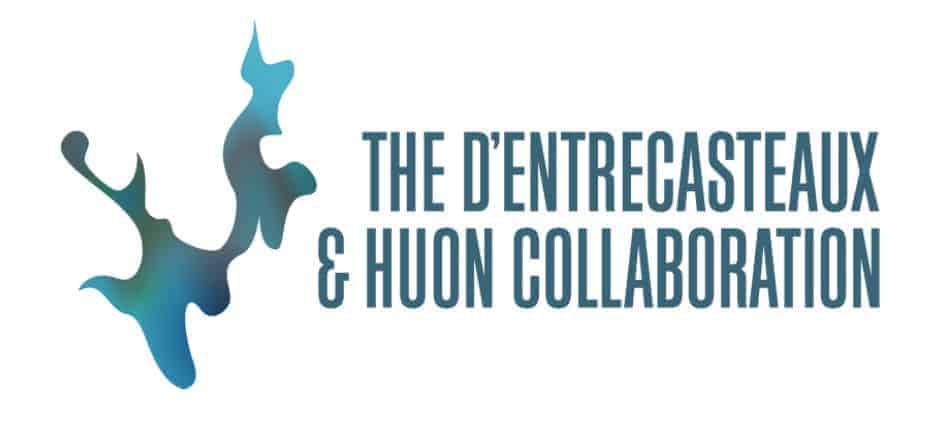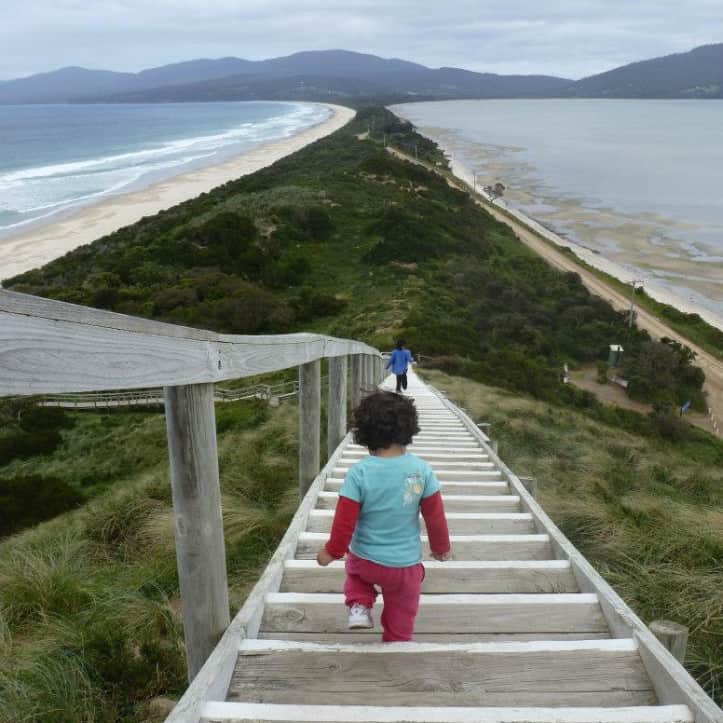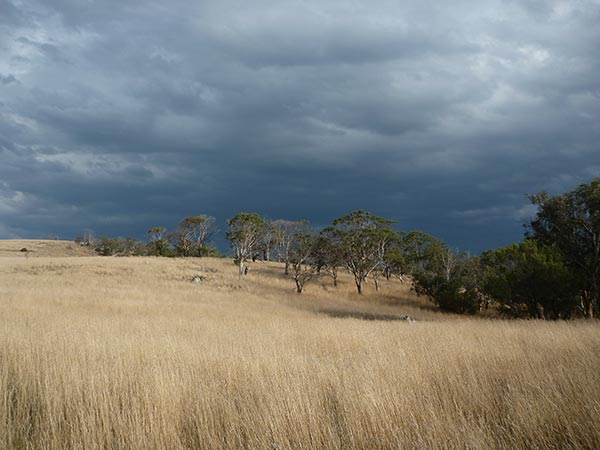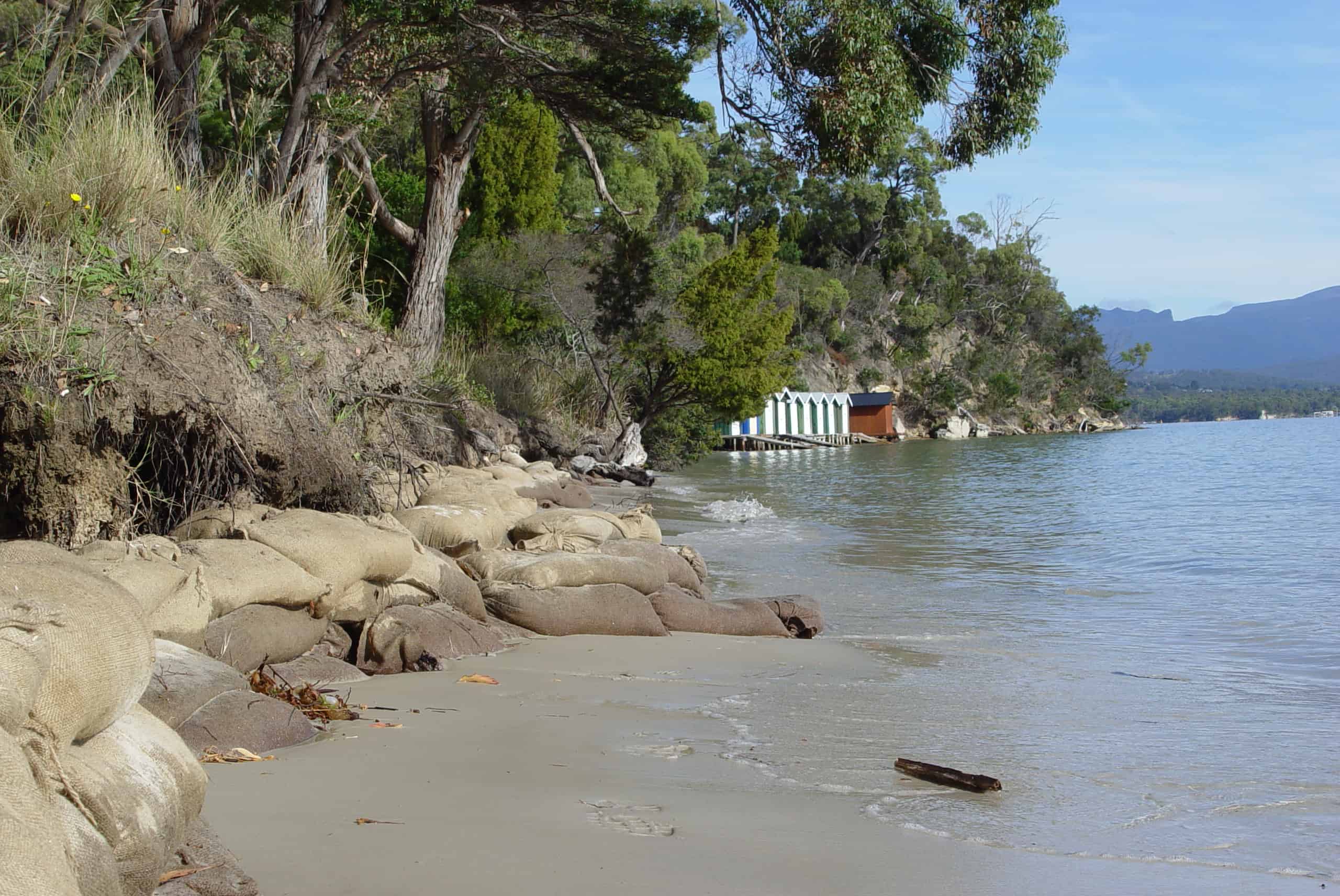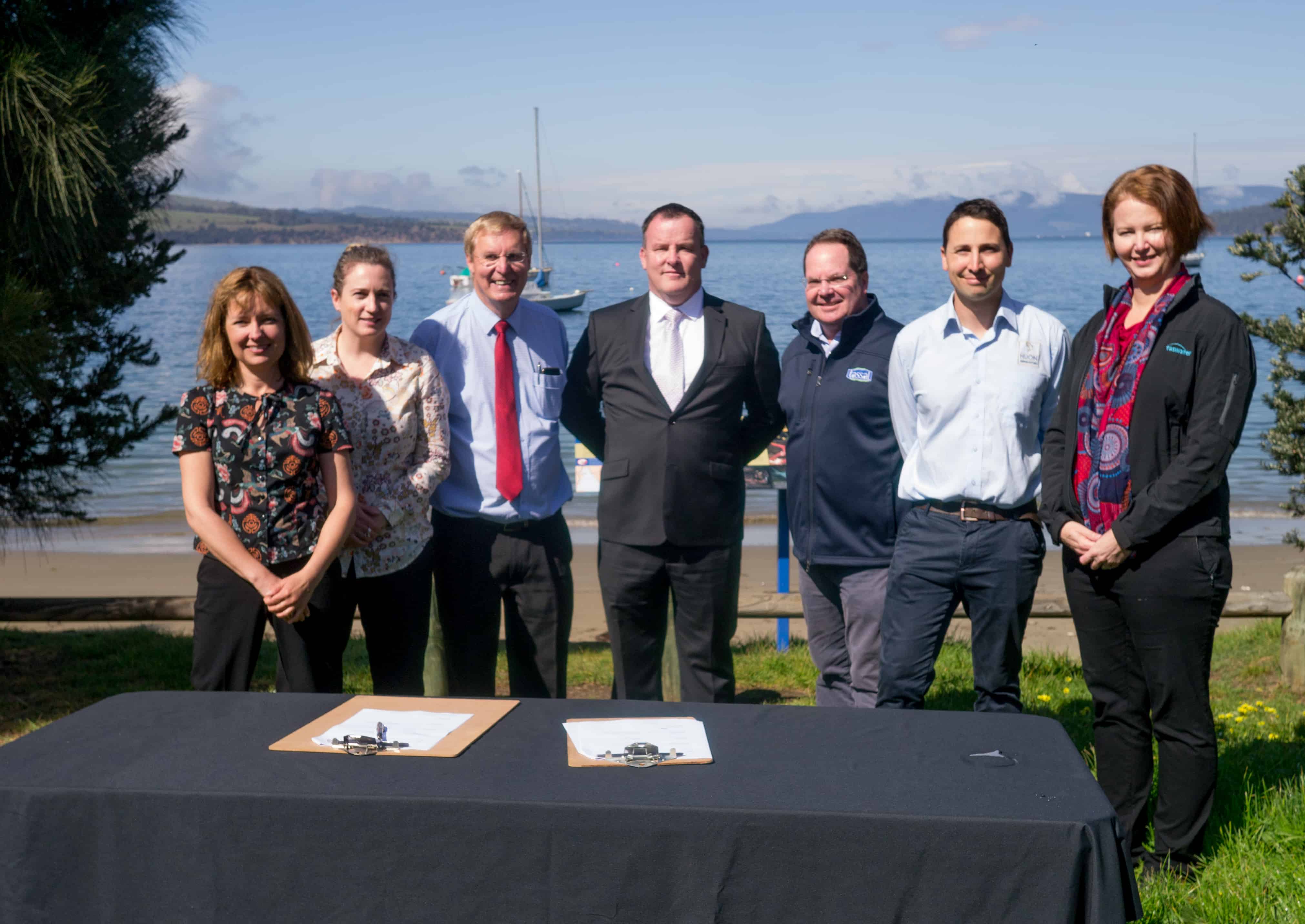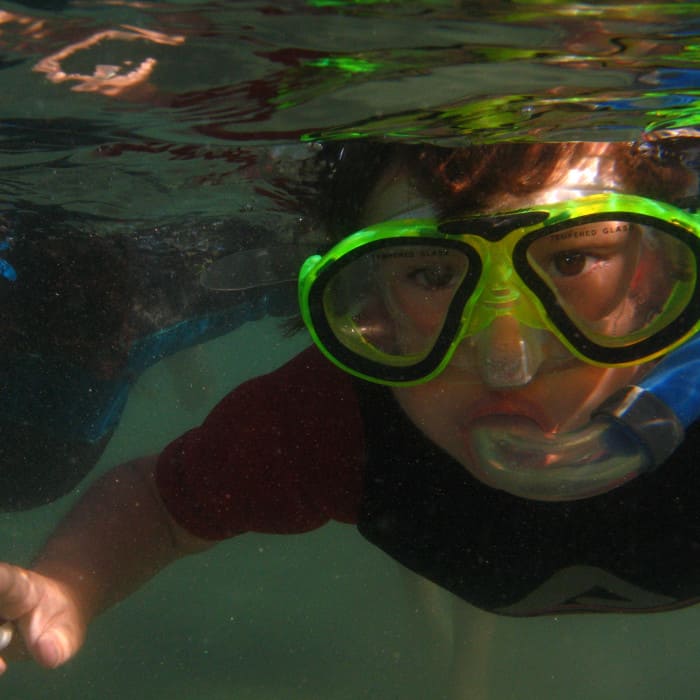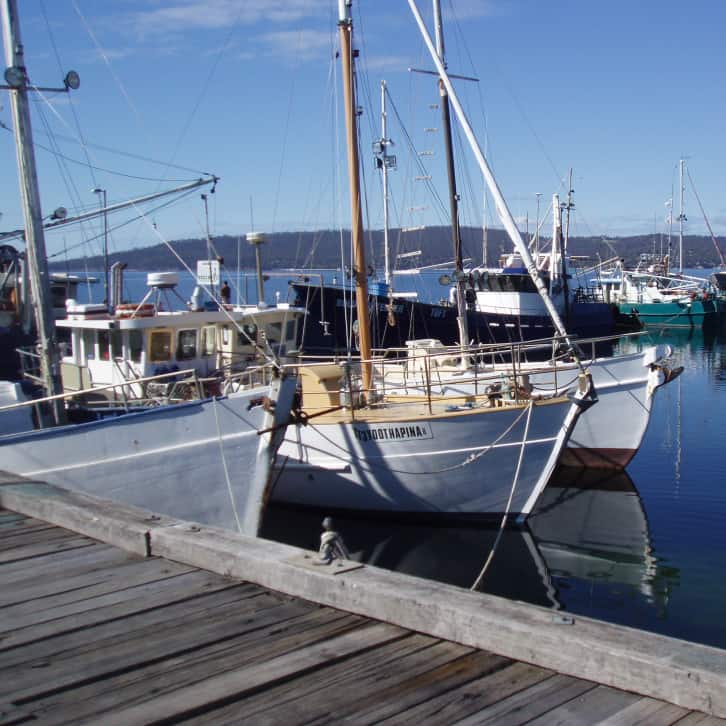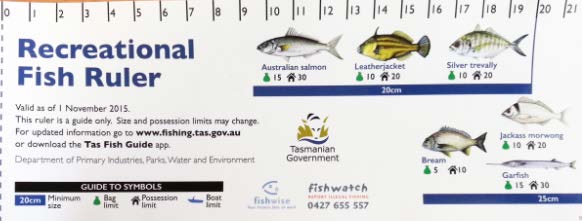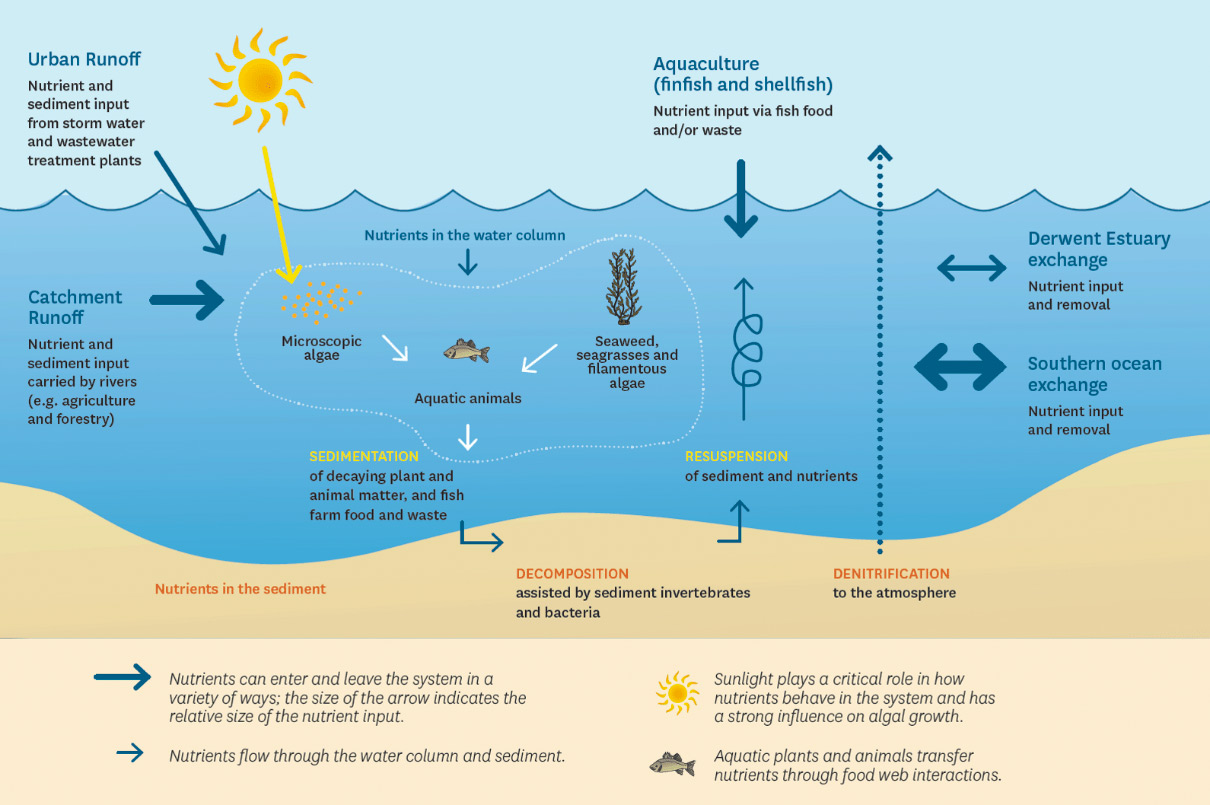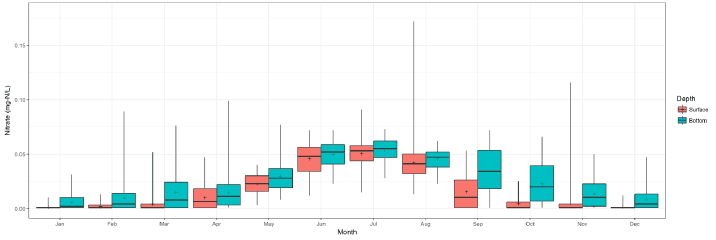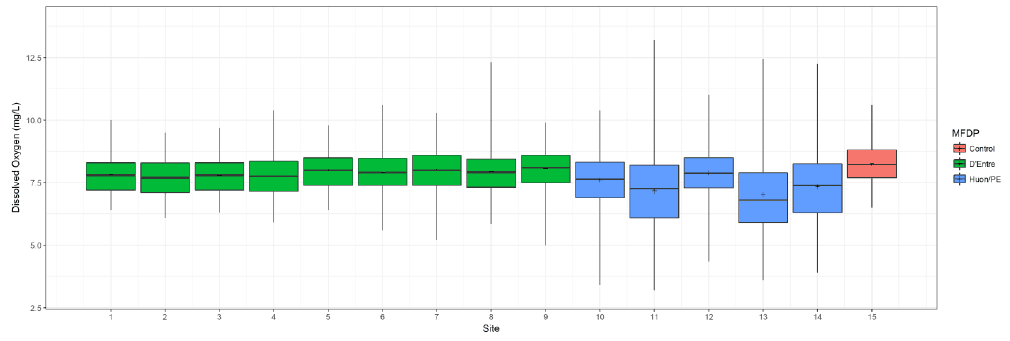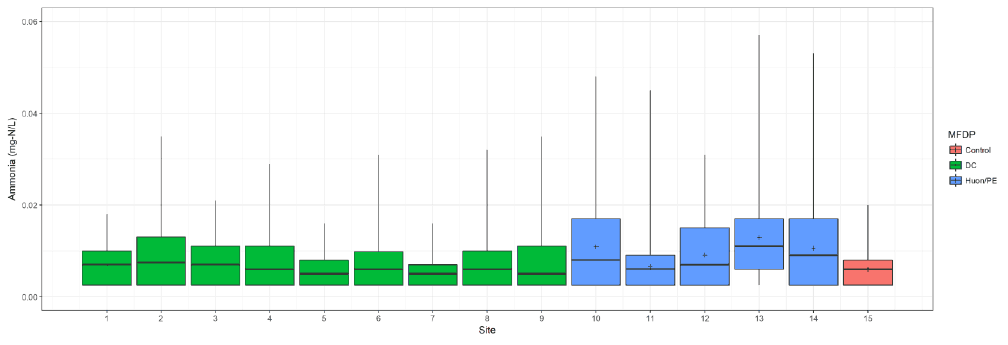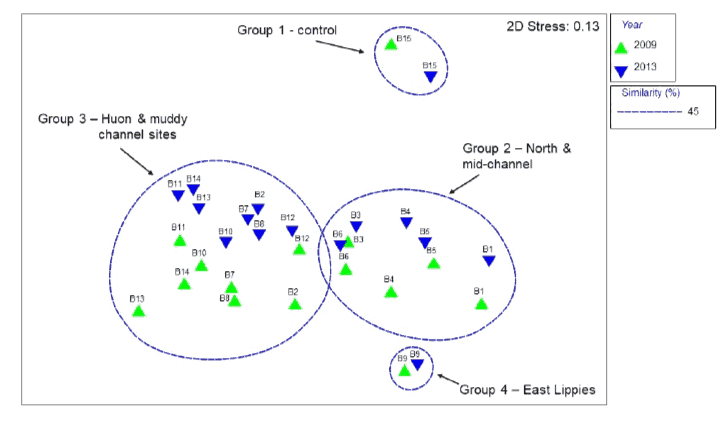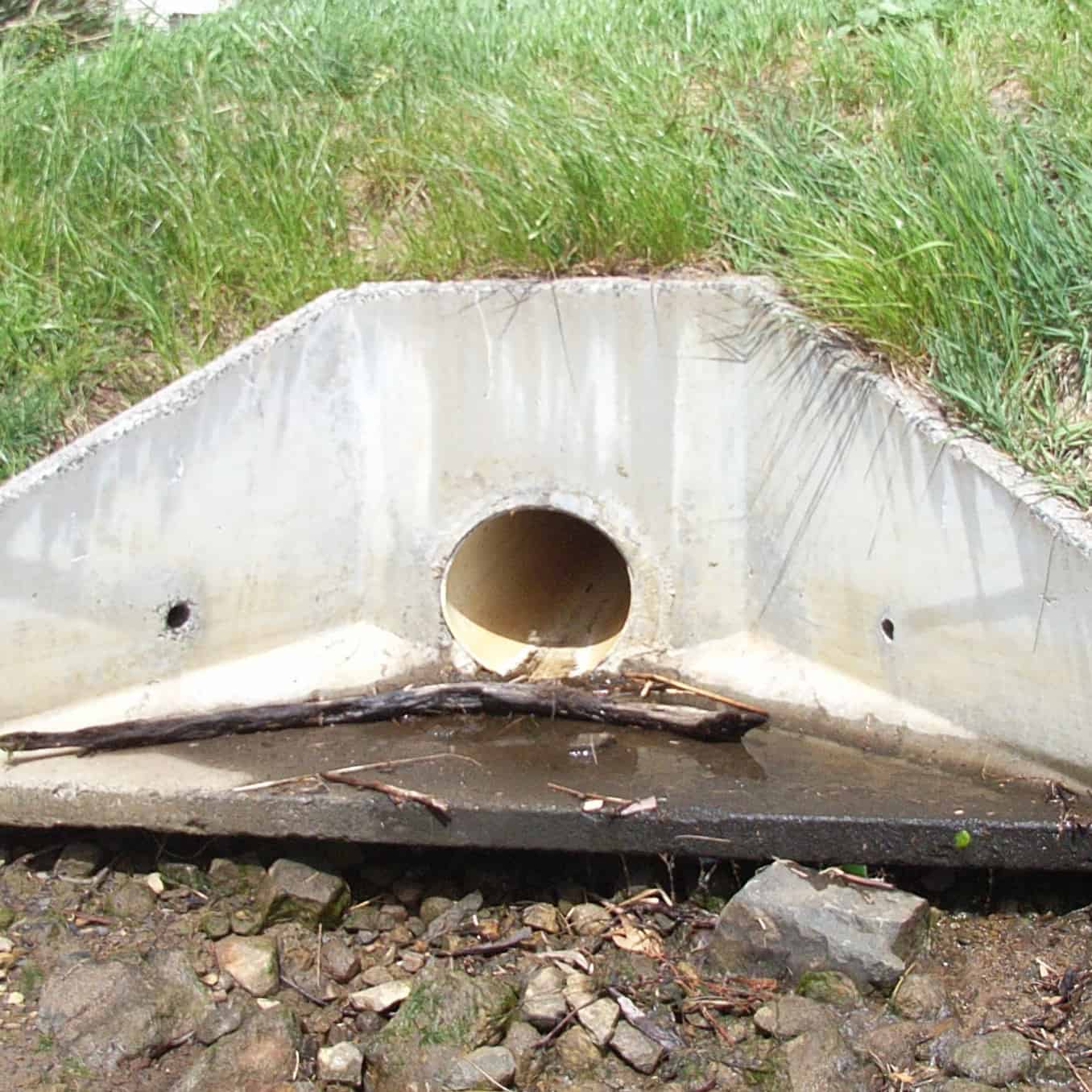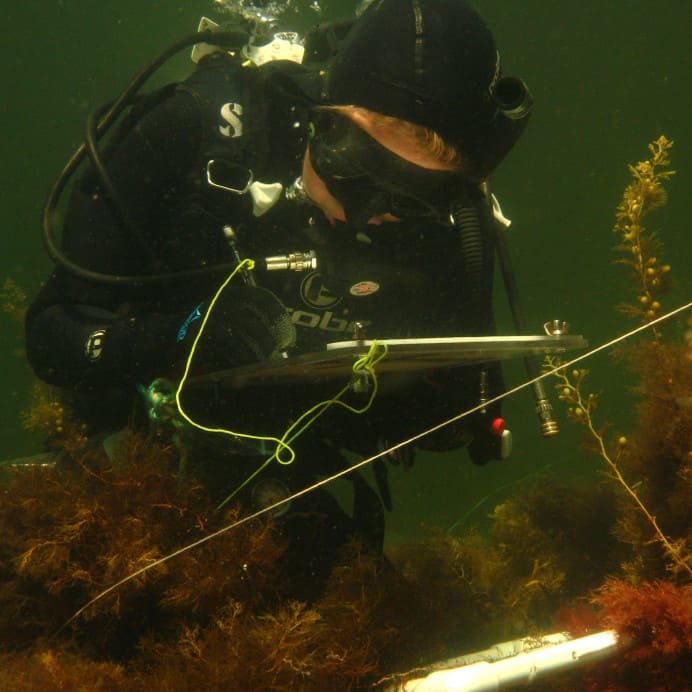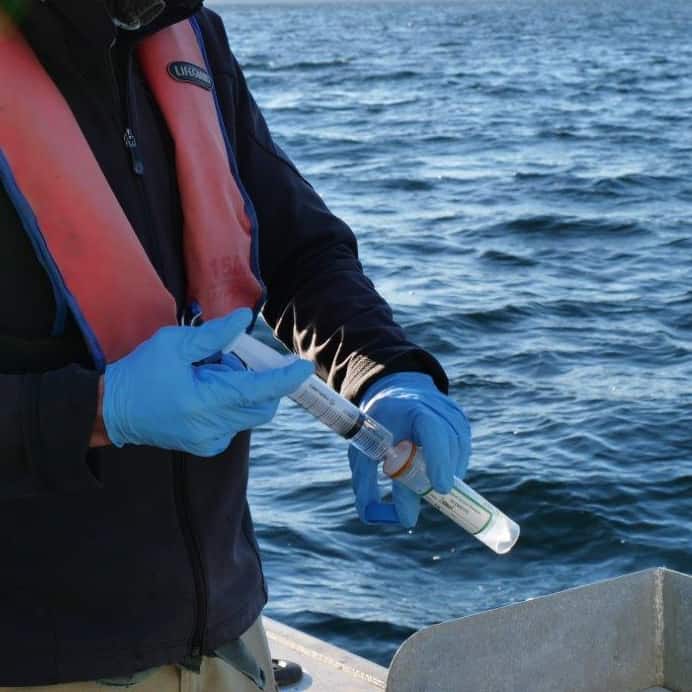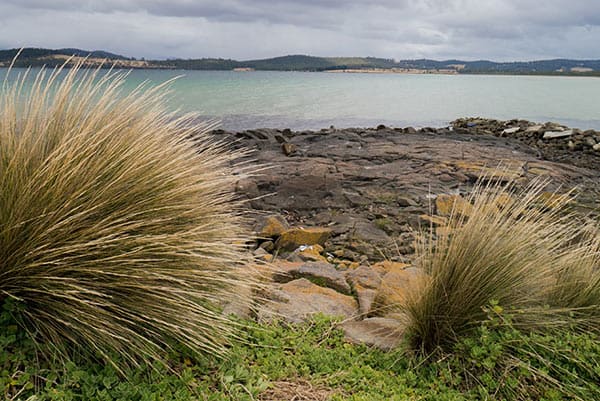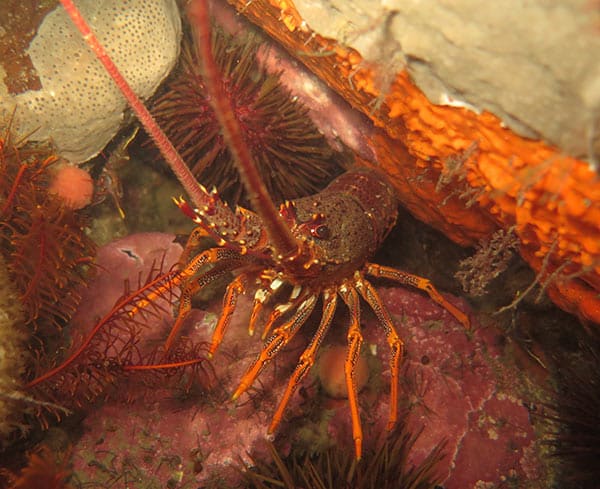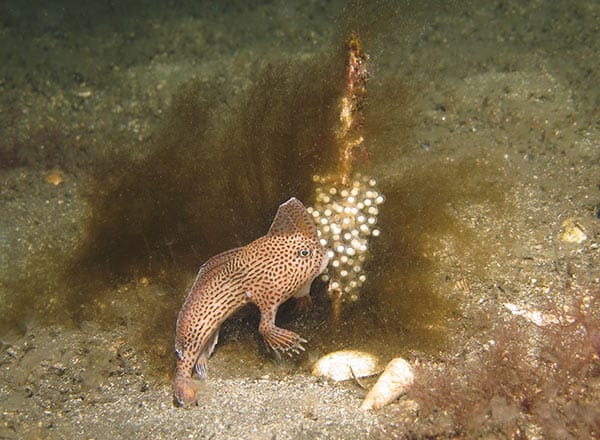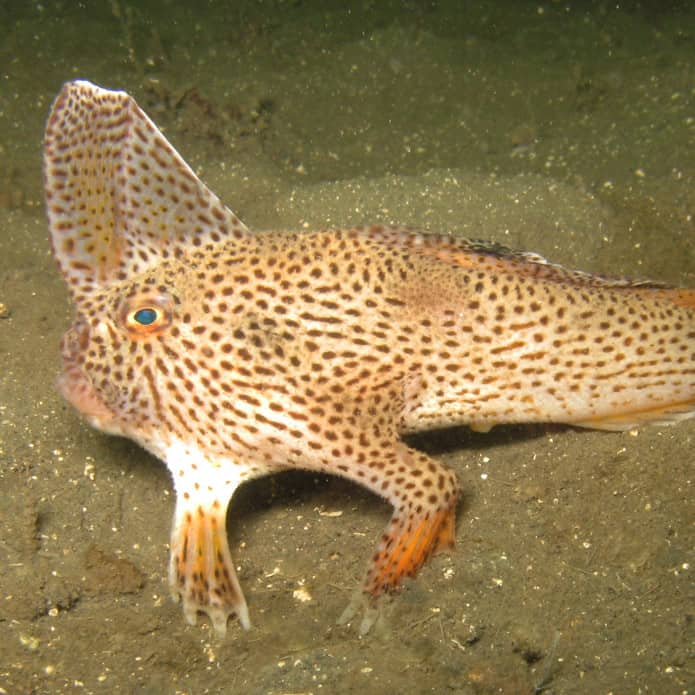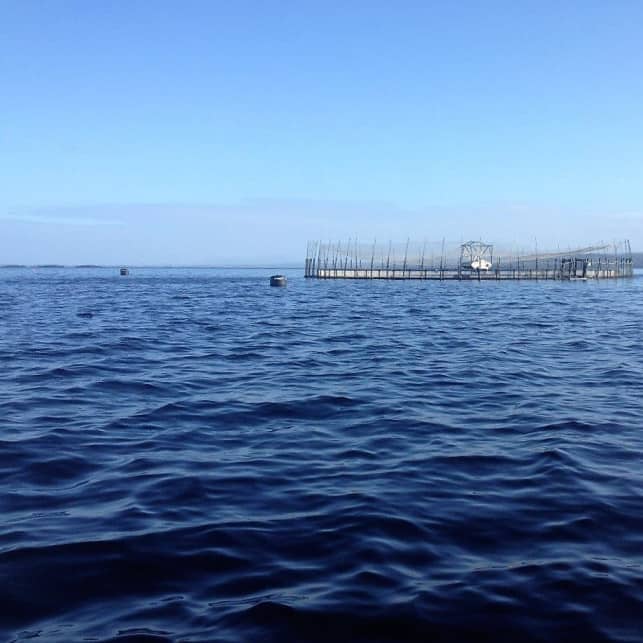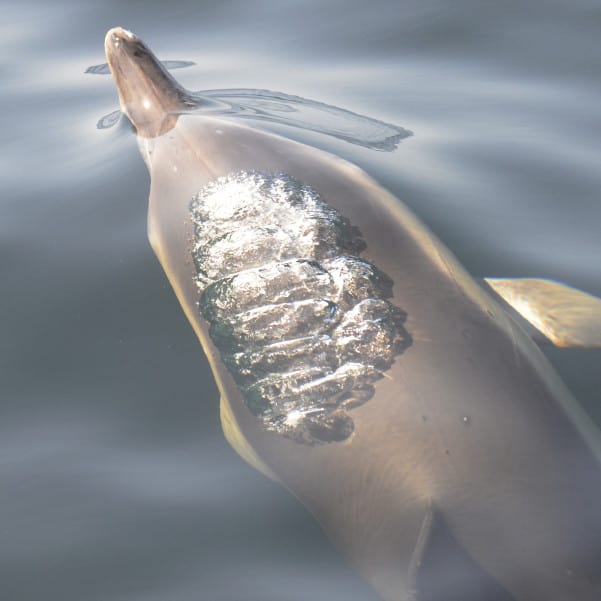The D’Entrecasteaux and Huon Collaboration is a partnership supported by the Derwent Estuary Program, Huon Aquaculture, Huon Valley and Kingborough Councils, NRM South, Tassal and TasWater. Each organisation has technical expertise, knowledge, information and networks that can be used to assist each other and achieve greater outcomes.
Representatives from industry, government and natural resource organisations work in partnership to collect and review data and reports on the condition of the waterway. The Collaboration involves people in on-ground action, and assists the community to be better informed, whilst developing and implementing strategic and practical solutions that improve and protect the waterway’s condition, liveability, productivity and biodiversity to ensure a healthy and productive waterway shared by all.
The 2012 D’Entrecasteaux Channel and lower Huon Estuary ‘State of the Waterway’ report provided baseline data from 1999 to 2011. The 2015 D’Entrecasteaux Channel and lower Huon Estuary report compiled updated system-wide data from 2012 to 2014. This 2017 ‘Report Card’ summarises data collected by our partners, as well as other relevant information collected during 2015 – 2017.
Acknowledgements
Many people have helped development this Report Card, particularly Karen Parsons of Ecomarine Consulting and the members of the D'Entrecasteaux and Huon Collaboration Steering Committee and Scientific and Technical Working Group.
Key stakeholders of the D'Entrecasteaux Channel and Huon Estuary are also acknowledged for their input into the Report Card.
The following information sources compiled by members of the Collaboration and other stakeholders are summarised in the Report Card:
- BEMP water and sediment quality sampling;
- Recreational water quality testing during summer months;
- River flow monitoring;
- Sewage and industrial wastewater effluent monitoring;
- Shellfish Market Access Program (ShellMAP) revoked classification notices regarding growing area closures;
- Finfish farming and processing nutrient input data;
- Marine debris surveys and records;
- Waterway nutrient modelling and other system research;
- Biosecurity monitoring and education programs;
- Habitat and biological surveys (e.g. spotted handfish, reef ecology, wildlife interactions, introduced species);
- Coastal (climate) hazard and adaptation assessments, and shoreline monitoring programs;
- Recreational boater licence and moorings records, and fisher surveys;
- Fisheries research and stock assessments;
- The Tasmanian visitor survey;
- Community reporting and citizen science initiatives; and
- Environmental management initiatives (e.g. reserve data, management strategies).
Resources
For further information, please contact:
D'Entrecasteaux and Huon Collaboration
NRM South
PO Box 425, South Hobart, TAS, 7004
Office location: 313 Macquarie St, Hobart
ourwaterway.com.au
